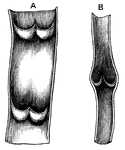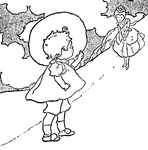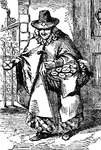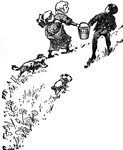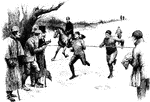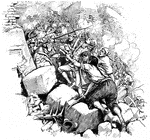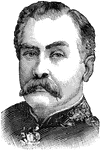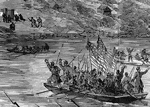
The Forlorn Hope
"'The Forlorn Hope.' Volunteers storming party, consisting of portions of the Seventh Michigan and Nineteenth…
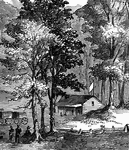
Battle of Cross Keys
"The Battle of Cross Keys- opening of the fight- the federal troops, under General Fremont, advancing…

Battle of Cross Keys
"The Battle of Cross Keys- opening of the fight- the federal troops, under General Fremont, advancing…
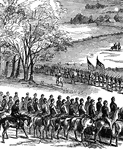
Battle of Cross Keys
"The Battle of Cross Keys- opening of the fight- the federal troops, under General Fremont, advancing…

Battle of Antietam
"Battle of Antietam, Burnside's Division, left wing- brilliant and decisive bayonet charge of Hawkins's…

Battle of Antietam
"Battle of Antietam, Burnside's Division, left wing- brilliant and decisive bayonet charge of Hawkins's…
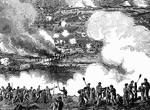
Battle of White Oak Swamp Bridge
"Battle of White Oak Swamp Bridge, Monday June 30th, 1862- Ayres's, Mott's and Randall's batteries checking…

Battle of White Oak Swamp Bridge
"Battle of White Oak Swamp Bridge, Monday June 30th, 1862- Ayres's, Mott's and Randall's batteries checking…
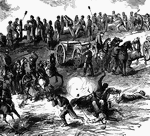
Battle of White Oak Swamp Bridge
"Battle of White Oak Swamp Bridge, Monday June 30th, 1862- Ayres's, Mott's and Randall's batteries checking…
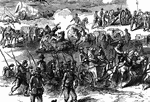
Battle of White Oak Swamp Bridge
"Battle of White Oak Swamp Bridge, Monday June 30th, 1862- Ayres's, Mott's and Randall's batteries checking…
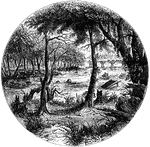
James River
"Scene on the James River, at Richmond. This view is from a long shaded island extending up the river…

Jamestown Island
"Distant view of Jamestown Island. This view is from the north side of what was once a marsh, but now…
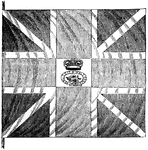
British Flag
"British flag. This is a representation of one of the flags surrendered at Yorktown, and presented to…

Guilford Battle-ground
"View of the battle-ground. This view is from the eminence southwest of the site of old Guilford Court…
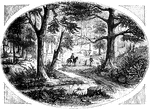
King's Mountain Battle-Ground
"View at King's Mountain battle-ground. This view is from the foot of the hill, whereon the hottest…

Rocky Mount
"View at Rocky Mount. This view is from the garden-gate at Mrs. Barkley's, looking northeast. On the…
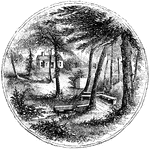
Hobkirk's Hill
"View at the Spring; Hobkirk's Hill. It is at the hed of a ravine, scooped out of the northeastern slope…

Bronx
"Place where the British crossed the Bronx. This view is from the southeastern side of the Bronx, a…

Chatterton's Hill
"Chatterton's Hill, from the rail-way station. This is a view of the southeastern side of Chatterton's…

Fort Washington
"View at Fort Washington. This is a view from the site of the interior works at Fort Washington from…
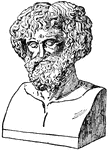
Hannibal
"Hannibal's Passage of the Alps. Hannibal determined to carry the war into Italy. To do this, he had…
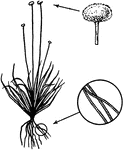
Eriocaulon
Leave from base of scrape bearing button like whitish heads of minute flowers; roots with cross-constrctions.
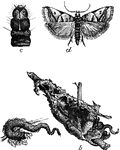
Acrobasis
"a, case containing caterpillar; b, cases in winter; c, head and thoracic joints of larva, enlarged;…
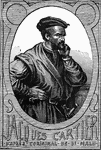
Jacques Cartier
Jacques Cartier, voyager of St. Malo, coasted along the north of Newfoundland in 1534 and passed through…
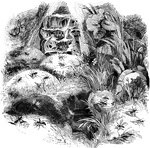
Ants and Their Structures
"This tribe, which includes the various kinds of Ants, is composed entirely of insects which live in…
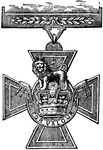
Victoria Cross
"The Victoria Cross is an English naval and military decoration instituted by royal warrant, Jan. 29,…

Cross-Section of the Epithelium
"One of the simplest of the tissues in the body is called the epithelium, and its cells are…
Cross-section from a shaft of a long bone
"Little openings (Haversian canals) are seen, and around them are arranged rings of bone with little…

Striped Muscular Fiber
"A Portion of a Striped Muscular Fiber. Highly magnified. A, fiber separating into disks; B, fibrillae;…

Iron Crown of Lombardy
"The Iron Crown was a golden crown, set with precious stones, with which anciently the kings of Italy,…
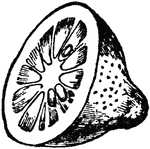
Lemon Cross-section
"The Lemon is the fruit of a small tree belonging to the same natural order as the orange. There are…

Cross-section of a human hair
"Cross-section of One Half of a Human Hair. A hair is made up of horny cells of the outer layer of the…

Badge of the Order of St. Patrick
"St. Patrick, or Patricius, is the apostle or patron saint of Ireland; said to have been born near the…
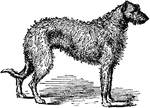
Staghound
"The Staghound is the Scotch deerhound, called also the wolf dog, a breed that is rapidly dying out.…
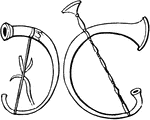
Cornu
"A wind instrument, anciently made of horn, but afterwards of brass. Like the tuba, it differed from…

Cross-Bow
A cross-bow is in effect nothing more nor less than an ordinary bow set crosswise in a butt in shape…
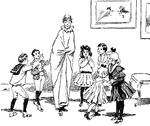
The Giant
"This may be done in two ways: first and most difficult, by one boy standing on another's shoulders,…
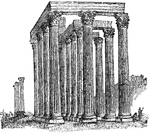
Temple of the Olympian Zeus
"Athens is said to have derrived its name from the prominence given to its worship of Athena by its…

Columns of Temple of Castor
"Columns of Temple of Castor, Temple of Augustus, and Palatine Hill." — Young, 1901

Pala
"The spade was but little used in ancient husbandry, the ground having been broken and turned over by…
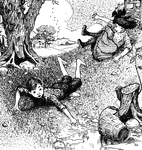
Jack and Jill
Jack and Jill went up the hill to fetch a pail of water; Jack fell down and broke his crown, and Jill…
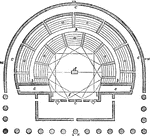
Theatrum
"Theatrum, a theatre. The Athenians before the time of Aeschylus had only a wooden scaffolding on which…

Elevation map
"The nearer the contours on a map are to one another, the steeper is the slope, and the farther the…
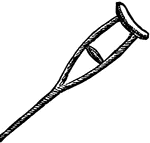
Crutch
A staff with a cross-piece at the head, placed under the arm or shoulder, to support the lame or infirm…



